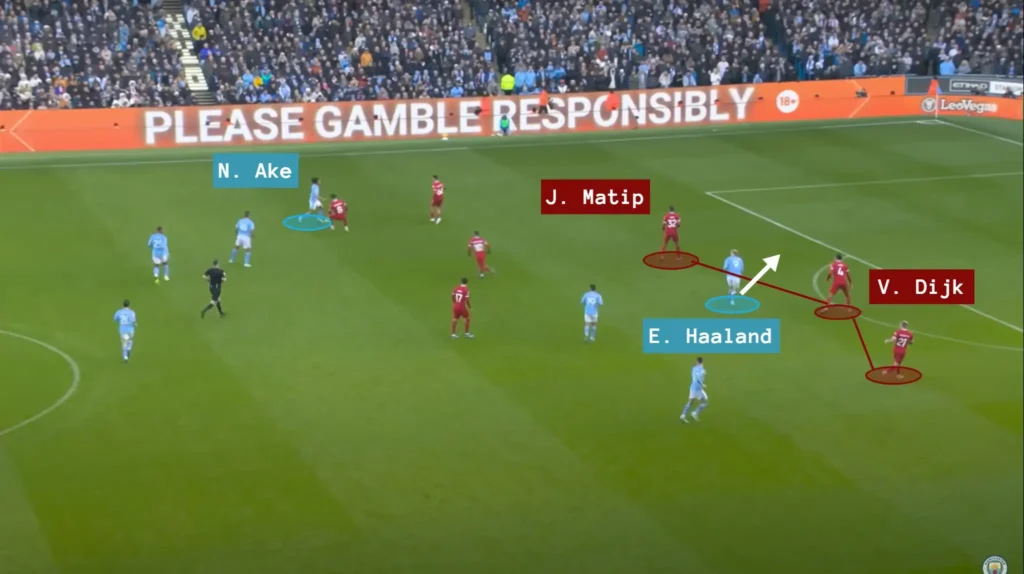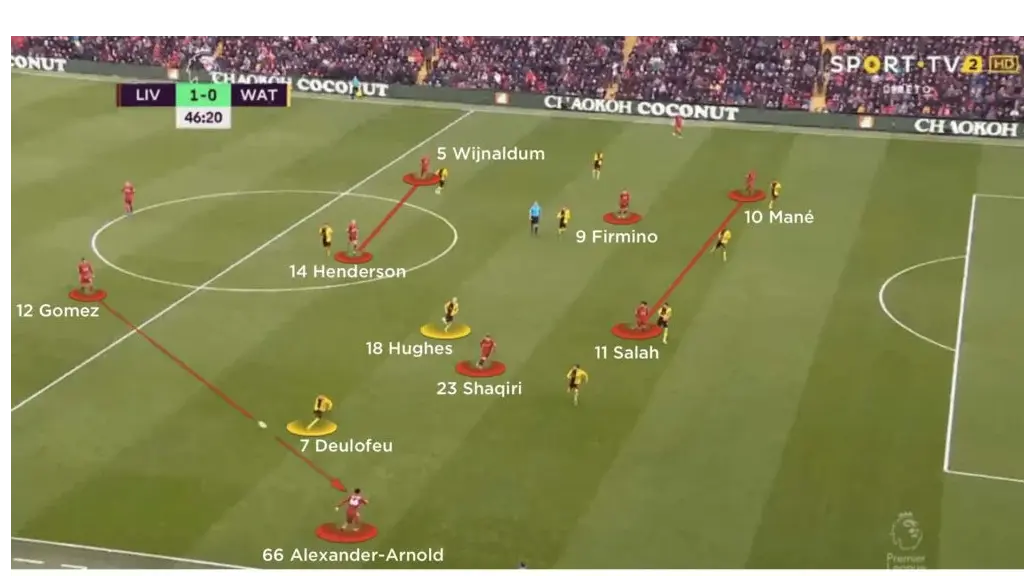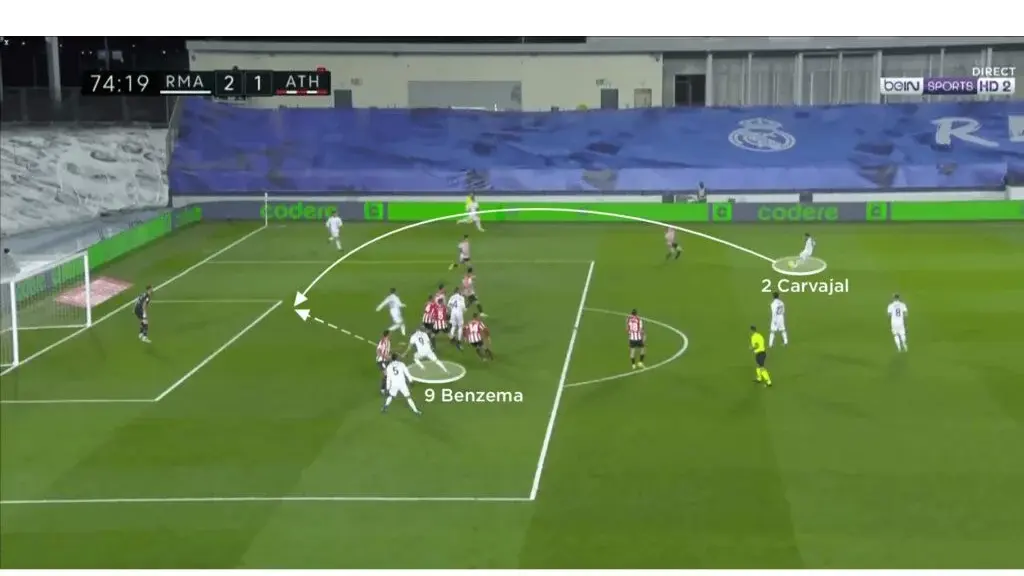Welcome back to the second installment of our ‘The Tactical Blueprint’ series. Last time, we dissected the engine room, the midfield roles that dictate tempo and control games. Now we’re moving to where reputations are made and broken in the blink of an eye: the attackers.
If midfield is chess, then attacking is poker. You need skill, sure, but also nerve, timing, and that indefinable quality that separates those who merely occupy space from those who terrorize defenses. Over two decades covering this game, I’ve watched the striker’s role evolve from pure goal-scorer to something far more nuanced. The modern forward needs more tools in their kit than ever before, and understanding these distinct roles helps explain why certain players thrive in specific systems while others flounder.
The Advanced Forward: Always on the Shoulder
This is your classic striker in many ways- positioned high up the pitch, constantly threatening the space behind the defensive line, living for that through ball or over-the-top pass. The advanced forward is about pace, positioning, and ruthless finishing.

Kylian Mbappé embodies this perfectly. He’s not dropping deep to link play or holding the ball up; he’s stretching defenses, making diagonal runs, exploiting any hint of a high line. Thierry Henry, in his Arsenal pomp, was similar, though with more technical grace. The advanced forward needs a team that can supply them quickly and accurately, because they’re not coming back to collect the ball themselves.
The Poacher: Right Place, Right Time
The purest goal-scorer, the poacher lives in the six-yard box and specializes in being exactly where the ball is going to end up. They’re not concerned with build-up play or defensive contribution- they exist solely to convert chances.

Filippo Inzaghi was the archetype. Perpetually offside, except for the times he wasn’t, and those times usually ended with the ball in the net. Gerd Müller, before him, perfected this art. These days, it’s a dying breed, but you still see glimpses in players like Erling Haaland, whose movement in the box is almost supernatural. The modern game demands more all-round contribution, which is why pure poachers are increasingly rare. But when you’ve got one who can reliably turn half-chances into goals, you build around them.
The Target Man: Hold, Shield, Bring Others In
Big, strong, excellent in the air- the target man is your focal point for direct play. They’re there to win flick-ons, hold up the ball under pressure, and bring teammates into play. It’s physical, unglamorous work that gets romanticized when it’s done well.

Didier Drogba was the complete version of this- powerful enough to bully center-backs, technical enough to turn and create, and lethal enough to finish when needed. Harry Kane, for all his evolution as a playmaker, still does target-man work brilliantly. The role requires phenomenal strength, excellent timing on aerial duels, and the intelligence to know when to hold and when to release. In the right system, a quality target man makes everyone around them better.
The False 9: The Tactical Revolution
Pep Guardiola’s Barcelona made this fashionable, and football hasn’t been quite the same since. The false nine drops deep into midfield spaces, dragging center-backs out of position and creating chaos in defensive structures. It’s not about scoring goals- though that helps, it’s about creating space and overloads.

Lionel Messi in that 2011 Barcelona side remains the definitive example. He’d drop into pockets, receive the ball, and suddenly defenses were scrambling to work out who should follow him. More recently, Roberto Firmino at Liverpool did similar work, constantly dropping to link play and allowing Salah and Mané to exploit the space he vacated. The false nine needs exceptional technical ability, game intelligence, and the humility to do work that doesn’t show up on highlight reels.

The Deep-Lying Forward: Between the Lines
Not quite a false nine, not quite a traditional striker; the deep-lying forward operates in that dangerous space between midfield and defense. They drop to receive, turn, and either shoot or slip teammates through. It requires vision, technical quality, and the ability to play with your back to the goal.
Francesco Totti spent his later years perfecting this role. He couldn’t run anymore, but he didn’t need to; he’d collect the ball thirty yards out, swivel, and deliver the killer pass or shot. Karim Benzema evolved into this role at Real Madrid, dropping deep to knit play together while allowing others to run beyond him. It’s a role that rewards football intelligence over physical attributes.
The Complete Forward: Everything, Everywhere
This is the unicorn- a striker who can do it all. Hold up play, run in behind, drop deep, press, finish with both feet and their head, create for others. They’re rare because the skillset is so demanding.

Sergio Agüero at his peak was close to this ideal. Clinical finisher, could hold the ball up, made intelligent runs, and worked defensively when needed. Robert Lewandowski has spent years being the complete package, capable of playing as a target man, poacher, or deep-lying forward, depending on the moment’s demands. These players give managers tactical flexibility because they’re not limited to one mode of operation.
Pressing Forward: First Line of Defense
Modern football’s invention, really. The pressing forward’s primary job isn’t scoring – it’s disrupting the opposition’s build-up play, forcing errors, and winning the ball high up the pitch. Goals are a bonus.

Roberto Firmino, again, exemplified this at Liverpool. His pressing triggers were what made Klopp’s system work, even if his goal tallies never matched the traditional striker expectations. Gabriel Jesus does similar work for Arsenal now, constantly harrying defenders, forcing mistakes, and creating turnovers in dangerous areas. It’s exhausting, selfless work that often goes unappreciated by fans who only look at goal statistics.
The Evolution Continues
What’s fascinating about attacking roles is how fluid they’ve become. The days of rigid striker types are mostly gone- modern forwards need versatility, the ability to adapt their game depending on the opponent and the tactical situation. The best ones blend multiple roles, shifting seamlessly between pressing forward and poacher, between target man and deep-lying creator.
That adaptability is what separates good from great now. It’s not enough to be a brilliant finisher if you can’t contribute to the press. It’s not enough to be an excellent target man if you can’t threaten in behind occasionally. The game demands more, and the players who’ve figured that out are the ones thriving.
The Conclusion
Here’s the uncomfortable truth about strikers: they get judged more harshly than anyone else on the pitch. Miss a sitter, and it’s the only thing people remember. Score a tap-in, and you’re a hero, until next week when you don’t. The scrutiny is relentless, the margin for error microscopic.
But that’s because goals change everything. A midfielder can have a quiet game, and it barely registers. A striker goes missing, and the whole team feels it. Understanding these different roles helps explain why certain forwards struggle at new clubs, why tactical systems matter so much, and why a player can look world-class in one setup and ordinary in another.

The best managers know how to identify what type of forward they need and build around their strengths. The best forwards know their limitations and play within them while constantly working to expand their repertoire. It’s that combination, tactical clarity and individual adaptability, that produces the strikers we remember long after they’ve hung up their boots.
Next up in our series: the wide players, the wingers who’ve seen their roles transform perhaps more than any other position on the pitch.


